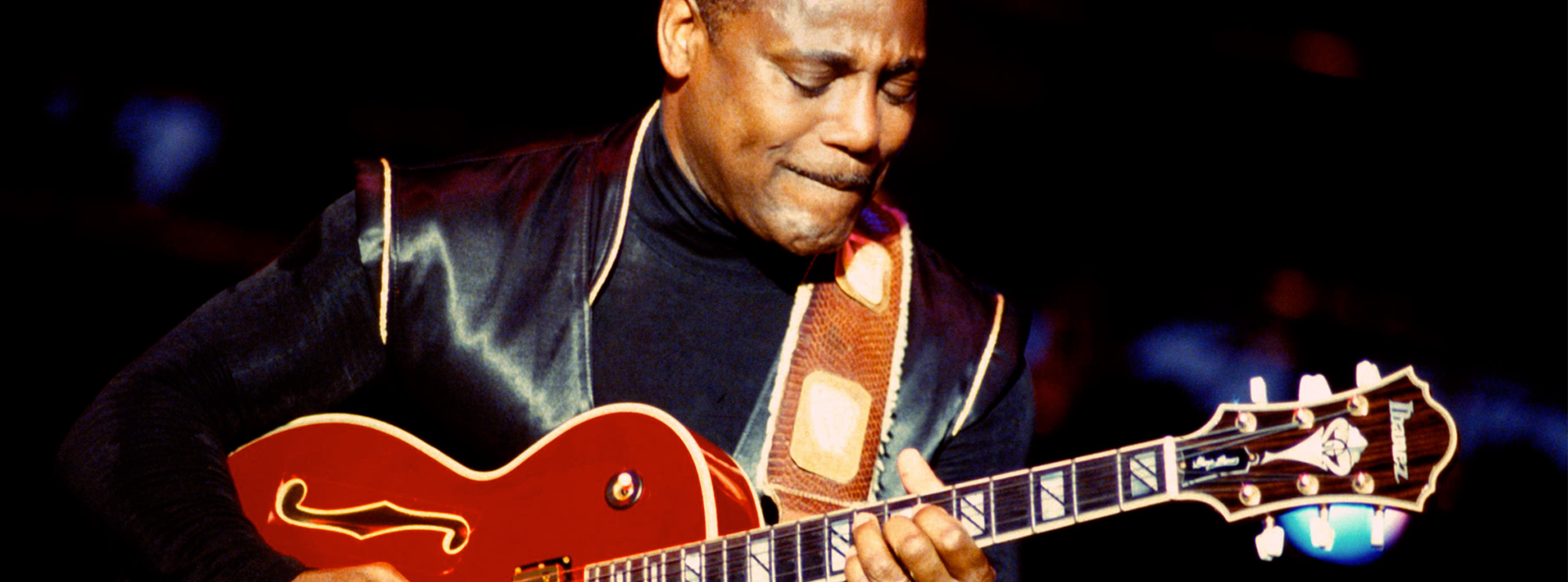ZZ Top – Tush Riff
Discover the gritty groove and unmistakable swagger of Southern rock with Licklibrary’s in-depth note-for-note lesson on ZZ Top’s iconic riff from "Tush". This track, one of the band’s most recognisable songs, is a goldmine for guitarists looking to sharpen their technique while channeling the raw energy of blues-infused rock ‘n’ roll. Whether you’re an intermediate player looking to refine your skills or an advanced guitarist aiming to emulate the stylings of a Texas blues legend, this lesson delivers both the feel and the technique needed to master the riff and beyond. Danny Gill breaks down this classic riff in this exclusive Lick Library video tutorial.
About the Song and the Guitarist
Tush, released in 1975 on ZZ Top’s Fandango! album, is a short, punchy blues-rock anthem that captures the heart of the band's sound: gritty tones, tight grooves, and southern charm. The song’s riff is instantly recognisable, combining rhythmic drive with blues phrasing and tone that has influenced generations of guitarists.
At the heart of Tush is Billy Gibbons, ZZ Top’s lead guitarist and vocalist. Known for his signature tone, touch sensitivity, and blues phrasing, Gibbons is one of the most revered guitarists in rock history. His influence spans genres—from classic blues to modern rock—and he’s widely respected for his ability to craft memorable riffs using deceptively simple licks. In Tush, Gibbons’ playing embodies feel, groove, and power, showing how even a few notes can make a lasting impact when delivered with nuance and attitude.
What You’ll Learn in the Tush Riff Lesson
The Tush riff is not just about learning the notes—it’s about internalising the feel and mastering several essential guitar techniques. Each of these techniques enhances your playing vocabulary, dynamic control, and overall confidence on the fretboard.
Power Chords
The riff in Tush relies heavily on the use of power chords—a cornerstone of rock guitar. Power chords are stripped-down chords, typically made of a root and a fifth, that deliver maximum sonic punch with minimal movement.
Why Learn It?
Mastering power chords helps you lay down solid rhythm parts in any rock or blues context. They’re fundamental for creating groove and heaviness in a riff without cluttering the mix.
Palm Muting
Another defining characteristic of the Tush riff is the use of palm-muting. This technique dampens the strings slightly with the picking hand, creating a tight, percussive sound that enhances rhythmic drive.
Why Learn It?
Palm muting improves control over your dynamics and adds groove to your playing. It also helps you lock in with the rhythm section more effectively in a band setting.
Slides
Gibbons uses slides throughout the riff to create fluid, bluesy transitions between notes. These slides give the riff a vocal-like quality and inject extra expression into each phrase.
Why Learn It?
Slides are crucial for achieving smooth note transitions and creating expressive phrasing. They help your solos and riffs feel more connected and natural.
String Bending
The bluesy flavour of Tush wouldn’t be complete without expressive string bending. These bends give the illusion of pitch changes and add vocal expressiveness to lead lines.
Why Learn It?
String bending helps build finger strength and pitch control. It also opens the door to more expressive and emotive lead playing.
Bluesy Bends
Closely related to standard bends, bluesy bends add character and grit to the riff. These subtle inflections make each note feel lived-in, as if it’s telling a story.
Why Learn It?
Bluesy bends develop your ear and feel, both critical for capturing the soul of blues and rock guitar playing.
Open String Riffs
One of the rhythmical underpinnings of Tush includes clever use of open string riffs. This allows the riff to remain energetic and grounded, providing tonal contrast and resonance.
Why Learn It?
Using open strings expands your sonic range and makes riffs more resonant. It also helps with fretboard economy and creative phrasing.
Why This Lesson Matters
By studying the Tush riff in detail, guitarists don’t just learn to play one of the coolest Southern rock riffs of all time—they also internalise core techniques that apply across countless other styles. It’s a perfect study in how less can be more: how groove, tone, and phrasing matter just as much as speed or complexity.
Whether you’re jamming in a band or playing solo, the techniques you’ll develop in this lesson—like controlled palm muting and expressive bending—will elevate your playing. And because this lesson is taught note-for-note, you’ll also gain insight into the phrasing, timing, and tonal choices that make Billy Gibbons such a guitar icon.
Techniques Used in the Tush Riff Lesson

About The Tutor
Tutor Profile
Danny Gill
Danny Gill is, without a doubt, the most loved tutor by our community. With an incredible array of DVDs and web lessons for LickLibrary covering a wide variety of topics all of which he covers with incredible detail, it's no wonder he carries as much respect as he does. As...




